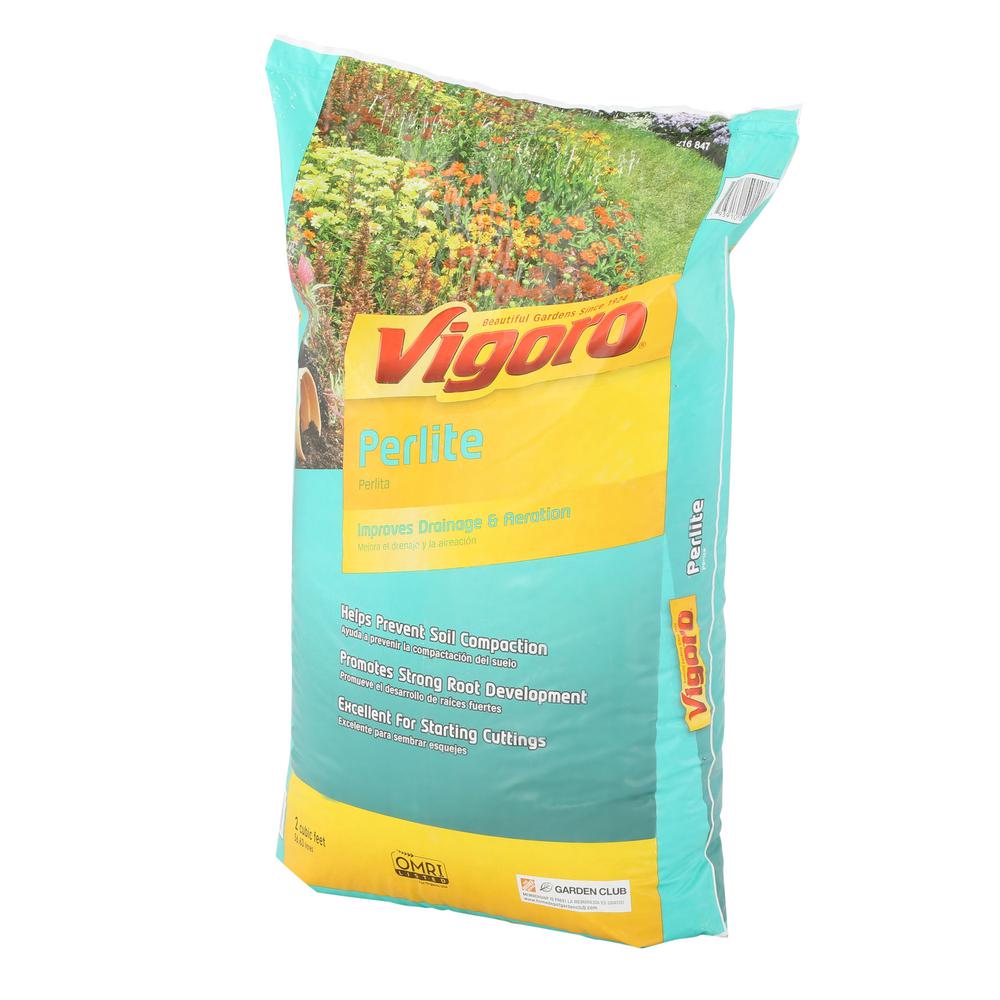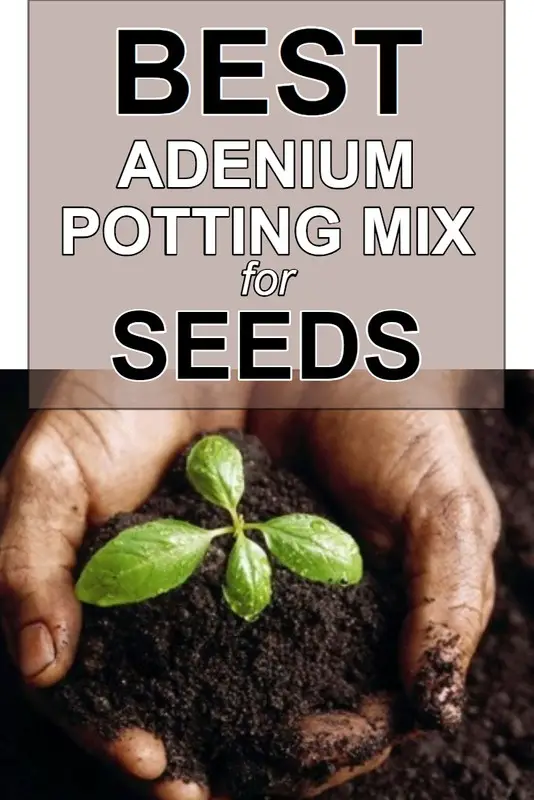So, you’ve got yourself some very good adenium desert rose seeds but now you wonder what the best soil mix or potting medium for your unborn babies is.
Join us now. Here you will see three different types of potting mix that you can use immediately to provide a great environment for your seeds and wake our babies up to say, “Hello world!”.
But for seeds, remember a few things:
- Don't overwater
- Don't overheat
- Don't overfeed
- Don't over "touch"
- No re-potting
Let's get to our first substrate right now:
1. Sand
/sand.jpg)
Sand is a really good substrate for starting our adenium desert rose seeds because it holds moisture well and has good drainage.
Sand itself doesn’t provide any extra nutrients for our babies. Here we use it as a substrate for seed starting. The seeds can feed themselves at the initial stages with the nutrients they inherit from their mamas in the germ.
If sand is available around your local area, then you can get something like river sand for free. You can get some at your local stores or online for very cheap.
| Get Mold-Free Desert Sand |
|---|
 |
| * Clean, mold-free sand |
| * Absorbs moisture |
| * Well-drained |
The thing we need to make sure when getting sand from outdoors is to sanitize it properly. We want to create a sterile environment for the seeds so no bacteria can do them harm.
You can dilute some anti-fungal powder into water and pour all over the sand. To reduce the chance of harmful bacteria attacking your seeds, you could soak the seeds in anti-fungal solution before sowing them.
Some gardeners believe this is one of the business secrets of many successful nurseries. It guarantees better germination rates to over 90% in many cases.
From our own experiments, sand has given baby desert rose seeds incredible results. They are tall, green & healthy. We will take pictures to show you guys soon.
Okay, we got the pics guys. Here is the result:
/desert-rose-in-coco-peat-and-sand.jpg)
The baby on the left was started from coco fiber. The baby on the right was started on the same day from clean sand. Sand-grown ones are taller with glossy green leaves. Coco-fiber-grown ones are a bit shorter with quite wrinkled leaves.
When transplanting these growing babies into a bigger home, we have noticed this kind of root formation:
/adenium-root-formation.jpg)
Because wet sand is quite compact, the tiny roots need to push more to extend out (we could imagine their cute little faces while pushing, singing "Hey ho"). This results in slightly fatter root strings (like bigger muscles).
As wet coco peat is less compact, the tiny roots have more room and an easier time to breath & extend out. The baby adenium then chooses the expansion strategy of "focus on one thing & do it well". This translates to what you can see as one core root shooting out with thinner surrounding root strings.
If, at anytime, you get your desert roses plants from nurseries, the babies may be grown on more chemicals than you'd like, try using a bit of sand. Grow it in sand for some time to flush out all of those bad bits (like a cleanse or detox), then feed it however you like.
The next seed starter you can play with is:
2. Perlite
/perlite.jpg)
Similar to sand, perlite retains moisture very well, has good drainage, and is sterile out of the bag. There are many tiny holes on the surface of perlite allowing the seeds to breathe. When new roots are formed, they will also be able to breathe and grow easily.
Generally, you wouldn’t want to use perlite that has already been used or exposed for a long time. Because it might house micro-organisms that can hurt our seeds. For bigger and stronger adenium, that would be fine but not for seeds usually.
See the fungi attack right here:
/fungi-on-adenium-seed.jpg)
After placing your seeds into the perlite, give it a good amount of water as well. Before that, it's good to rinse the perlite to get rid of the fine dust. According to Dr. Mark Dimmitt, an adenium grower, the dust could lower our germination success rate.
You can sift the perlite through a screen to separate the bigger pieces in one place and the smaller pieces in another place. Many folks use smaller ones around 3 mm as the medium for adenium seeds because that size is more suitable and creates a nice, full surface.
However, if you want something more creative, try mixing perlite with these ingredients:
• Red wood fiber or coco fiber
• Lava cinder rock
• Compost
Here is a balanced mix recipe shared by Garden S:
| Proportion in mix | Ingredients | Purpose |
|---|---|---|
| 50% or more | Perlite, lava cinder rock | Aeration & root formation |
| 50% or less | Red wood fiber, coco fiber, compost | Drainage & moisture |
If you want to shop for some perlite, here's some good one:
| Get Best Amount, Cheap Perlite |
|---|
 |
| * Clean environment |
| * Room for roots |
| * Great value |
You can replace perlite with red wood fiber or cinder. Red wood helps keep the termites away from your plants. So that's another boenefit.
3. Soil Rock Fertilizer
This third soil mix has a bit more components in it. What we’re trying to create is an environment that is nutrient-rich, has good moisture, and drains water well.
For this we use:
• Garden soil
• Osmocote fertilizer (NPK 20-20-20)
• Volcanic rock or pumice
To prepare this mix, first you'll also need two trays. Greenhouse Megastore has some good ones. The tray on the top will have holes underneath. You’ll put your garden soil in about two inches thick on that tray.
Then, put in some fertilizer and mix it well. On the 2nd tray in the bottom, put the volcanic rocks in & spray water into it. This tray doesn’t have holes.
After that, sow your adenium seeds in and give them a nice shower of water. Then, place the two trays on top of each other. If you use this method, remember to soak your adenium seeds in water for about 24 hours before sowing. The time length could be more or less depending on how dried or hydrated your seeds are. So remember to observe.
After placing the seeds into the soil mix, put the tray somewhere with shade like your porch or patio. We can then begin the waiting game.
Bonus Mix: Soil Char
This Soil Char mix has 2 main ingredients:
| Ingredients | Purpose |
|---|---|
| 40-50% garden soil | Provide seeds with nutrients |
| 50-60% bio-char | Retain moisture, provide good drainage, create air flow |
Many folks use bonsai or cactus/succulent soil for this as well. This is fine because adenium is a type of succulent plant.
| Good Cactus Soil |
|---|
 |
| * Retains nutrients up to 9 months |
| * Contains no peat or peat moss |
| * Light, fluffy for happy desert roses |
The soil in this recipe provides some good bits for the seeds. Charcoal is the hardy protector that purifies the soil. It makes sure no funky stuff like odor-causing bacteria or fungi can get in & affect your seeds. The soil gets a nice boost of potassium as well.
| This Charcoal Works Wonders |
|---|
 |
| * Naturally cleanses & filters bacteria |
| * Assists drainage & aeration for tiny roots |
| * Absorbs & re-releases soil nutrients for longer use |
In other parts of the world, people also use peanut husks. They retain moisture, have good drainage & keep the soil cool during the hot season.
Check out rice husks or the outer shells of grains. These mighty warriors have a similar chemical make-up like perlite (SiO2). These guys are tough. They provide good moisture retention, air flow & drainage. If it's available in your local area, you can try it out.
To Fertilize or Not To Fertilize
Fertilizing baby seeds is always a hot debate. You will see incredible young plants growth if you just mix in some fert, like really really fat plants. If you're starting them the vanilla way (no fert), then they may look more skinny than their cousins.
The thing is, if you're giving the babies some boost-ups too soon, they may be unresponsive to the fert at some older growing stage. They might get too used to or bored (fed up) with the fertilizers; thus, developing less self-reliance. They might come to a plateau or unresponsiveness.
However, if we're keeping the plants lean & healthy from the start, when we sprinkle in just some bits of fert later on, they will boom up really fast. Ah and relying on chemicals too early might affect plants natural immune system. But it's up to you in the end.
Off to Mixing the Soil for Your Adenium Seeds!
/mixing-food.jpg)
And that’s about it for the best adenium potting mix for your seeds. It’s not too difficult, right. What you should keep in mind is to create a starting environment that is sterile, has good aeration, has good drainage, and has good moisture.
And the results? It's all your world of creativity. Desert rose babies are not too picky. Here's a quick summary of the ingredients you can use & their benefits:
- Sand: drainage
- Perlite: sterile
- Charcoal: potassium, aeration, germ killer
- Vermicompost: nutrients
- Peanut shells/barley husks: moisture, aeration
If you can achieve adenium basic needs, your adenium babies will wake up soon and grow up strong and healthy. There's no more soul-satisfying feeling than seeing that tiny green dot sneaking out of that brown shell. You've totally got this! Good luck & have fun.
Note: Using coco coir, from our experience, did not yield very good results after some trials. Still, you can try it if you like. There are many successful cases with it. Maybe we'll try again some day to see.
Credits:
- How to mix adenium soil by Garden S
- Planting desert roses from seeds by Maria's Garden
Share or pin this post!


